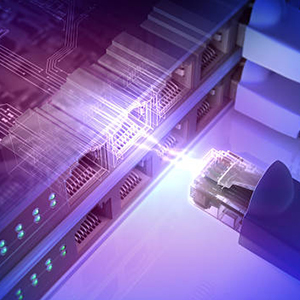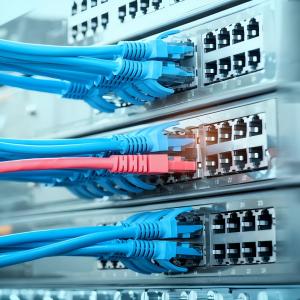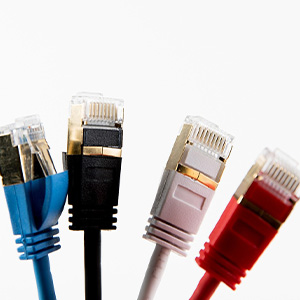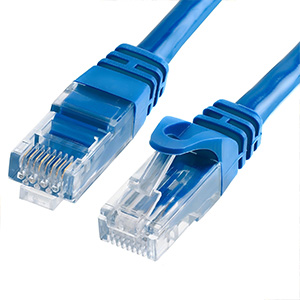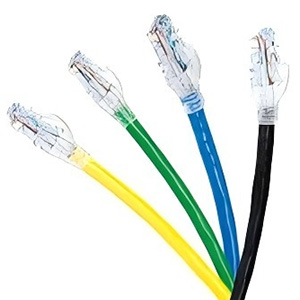Many opt for Ethernet because of its power, simplicity, and cost-effectiveness. With Ethernet, there are many benefits, but there are also potential issues to be aware of, one of which is the impact of temperature. Let’s spend a few minutes understanding exactly how temperature affects Ethernet.
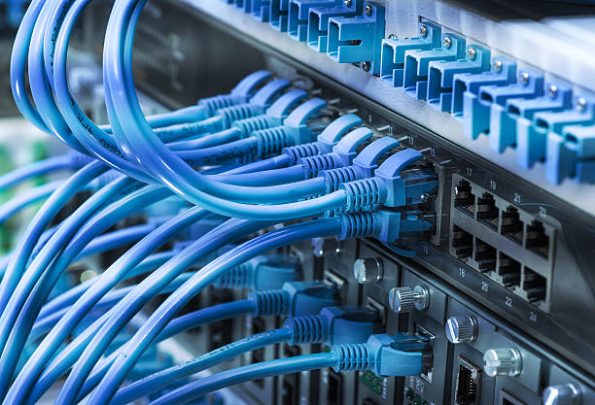
How Does Temperature Affect Ethernet?
What happens when Ethernet cables get very hot or cold? The answer depends on whether the issue is heat or cold. In either case, extreme temperatures are detrimental to Ethernet, so let’s look at how this unfolds.
High Temperatures
First, let’s discuss heat. When an Ethernet cable gets very hot, it experiences signal degradation. Effective transmission rates start to decline, and at high enough temperatures, you can lose all signal through the cable.
At what temperatures will you experience this?
It turns out that temperatures above 20°C (68°F) are enough to start noticing signal degradation. As temperatures increase, the degradation worsens, and at temperatures above 75°C (167°F), Ethernet cables often stop working.
These are average figures. The exact performance by temperature will vary from cable to cable, but these ballpark figures can help you think about heat and your cables.
It’s worth noting that you can account for this signal degradation by shortening the Ethernet cables. At room temperature, 100-meter runs are normal and sufficient for Ethernet. As temperatures rise, you can shorten those runs and maintain the speeds you need. Until temperatures reach extreme highs, this trade-off can keep you operational.

Low Temperatures
What about cold temperatures?
When an Ethernet cable is exposed to low temperatures, the materials making up the cable contract. This can lead to several issues.
You may have noticed that the exterior of Ethernet cables is usually rubbery to the touch. This is shielding that protects the cable from many risks. Inside are copper pairs, and without shielding, you face many problems.
Bringing this back to temperatures, the sheaths on standard Ethernet cables become brittle at cold temperatures. Once temperatures drop below freezing, the sheaths are at a much higher risk of breaking.
If the cables aren’t moving, this brittleness doesn’t matter much until you get well below freezing (specific temperatures are discussed below). The bottom line is that brittle cables are not ideal.
There’s a second issue to consider. Very low temperatures cause copper to contract. This can exacerbate issues with the cables. Shrinking copper can fail to connect at junctions, and any small damage to copper along the lines can expand from thermal contraction. In short, cold temperatures can highlight and intensify existing problems with the cables.
What Are Normal Temperatures for Ethernet?
There are many different Ethernet cables in the world, and various manufacturers, even specific cables made by the same manufacturer, can maintain different specifications. In other words, you should always double-check the safe operating temperature range for your specific cables. This is often noted as the “ambient temperature range.”
While these temperatures vary from cable to cable, there is a large average that can give you an idea of what temperatures Ethernet cables can reasonably endure. More often than not, the ambient temperature range for an Ethernet cable is -40 to 75°C.
For those who operate in Fahrenheit, the typical ambient temperature range is -40 to 167°F. If you think your cables will endure temperatures anywhere near those numbers, double-check the specifications for your cables and take appropriate measures.
Installation Temperatures
It’s important to note that ambient temperatures relate to normal operations. If you are installing Ethernet cables, the numbers change. The safe installation temperature range (still double-check your cables as they could be an exception) is -20 to 75°C.
To emphasize this point, Ethernet cables can’t handle the same extreme colds when you install them. This is because of how cold impacts the cables. The risk of cracking and damaging the cables is very high below these temperatures, and that risk is exacerbated when you maneuver cables around in order to install them. Static, unmoving cables are not likely to crack in low temperatures (unless those temperatures drop below the ambient safe level).
How Can You Adjust Ethernet for Extreme Temperatures?
So, what do you do if your cables need to endure extreme temperatures? It all comes down to two things: insulation and testing.
If you compare outdoor-rated cables to indoor cables, you’ll notice a difference right away. The outdoor cables are thicker. Actually, the copper pairs inside the cable are the same. The difference is found in the shielding. Outdoor environments are usually much tougher than indoor environments, so you need more insulation and shielding for outdoor cables.
If you compare outdoor-rated cables to indoor cables, you’ll immediately notice the difference. Outdoor cables are thicker. In reality, the copper pairs inside the cables are the same. The difference is in the shielding. Outdoor environments are generally harsher than indoor environments, so you need more insulation and shielding to protect outdoor cables.
This concept applies to any Ethernet cables that are subject to extreme temperatures. Wrap them with more insulation, and they can withstand a wider temperature range. It’s really that simple.
Of course, testing is also your friend. If you’re not sure how much insulation you need, or if your cables are up to the task, test them. First, test them in a normal environment to set a baseline. Then, test a small section of cable in a real-world environment to see if the performance is up to your standards. Pass these tests before investing in your full cable run. This will save you a lot of time and money.
In the end, if you run your cables and they pass your tests, the specs aren’t going to matter too much. What matters is how the network performs, and if it meets the needs, then you’re in good shape. If you keep in mind how temperature affects Ethernet before you commit, you can test smartly and avoid major problems.
Knowledge Points Supplement
Recommendations for choosing the right patch cord
- Based on speed requirements: choose Cat5e or Cat6 for home networks; choose Cat6a or above for enterprise networks.
- Based on transmission distance: use copper cables for short distances, and fiber patch cords are recommended for long distances.
- Based on the environment: choose STP for high-interference environments and UTP for ordinary environments.
Fiber-Life provides a full range of network cables from Cat5e to Cat6a, as well as various types of fiber patch cords to meet network cabling needs in different scenarios.
-
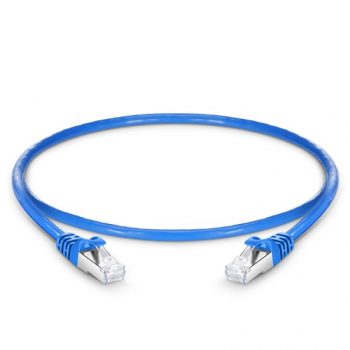 Shielded Foil Twisted Pair (S/FTP) Cat6a Ethernet Network Patch Cable, 26/28AWG
Shielded Foil Twisted Pair (S/FTP) Cat6a Ethernet Network Patch Cable, 26/28AWG -
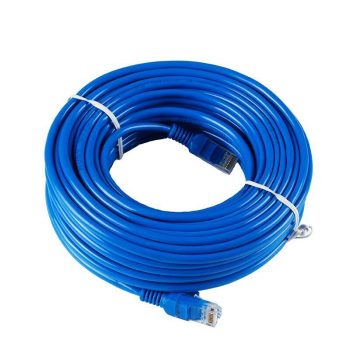 Unshielded Twisted Paired (UTP) Cat6a Ethernet Network Patch Cable, 24/26/28AWG
Unshielded Twisted Paired (UTP) Cat6a Ethernet Network Patch Cable, 24/26/28AWG -
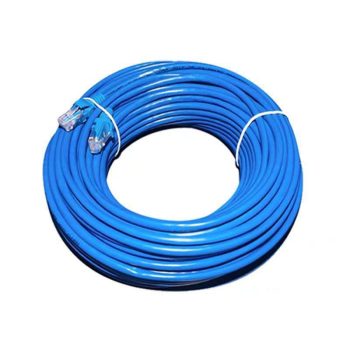 Unshielded Twisted Paired (UTP) Cat6 Ethernet Network Patch Cable, 23/24/28AWG
Unshielded Twisted Paired (UTP) Cat6 Ethernet Network Patch Cable, 23/24/28AWG -
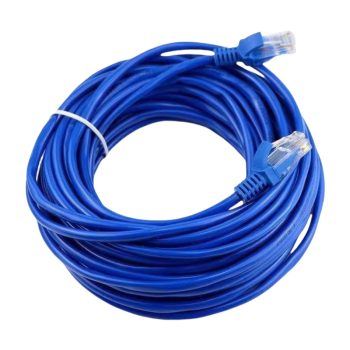 Unshielded Twisted Paired (UTP) Cat5e Ethernet Network Patch Cable, 24/26/28AWG
Unshielded Twisted Paired (UTP) Cat5e Ethernet Network Patch Cable, 24/26/28AWG



